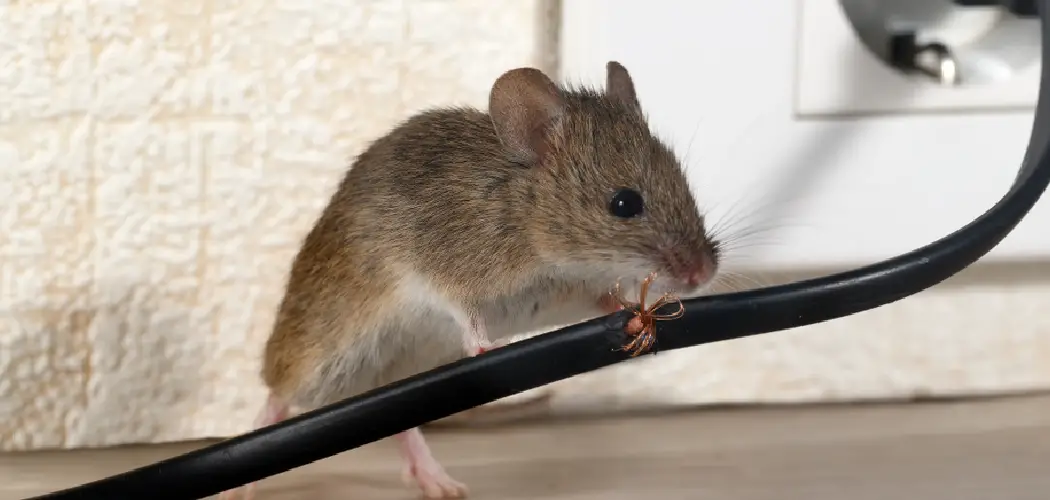Mice in the backyard can be a common problem, especially in areas with ample vegetation or clutter. While these small rodents might seem harmless at first, they can potentially damage plants, contaminate food sources, and even carry diseases.
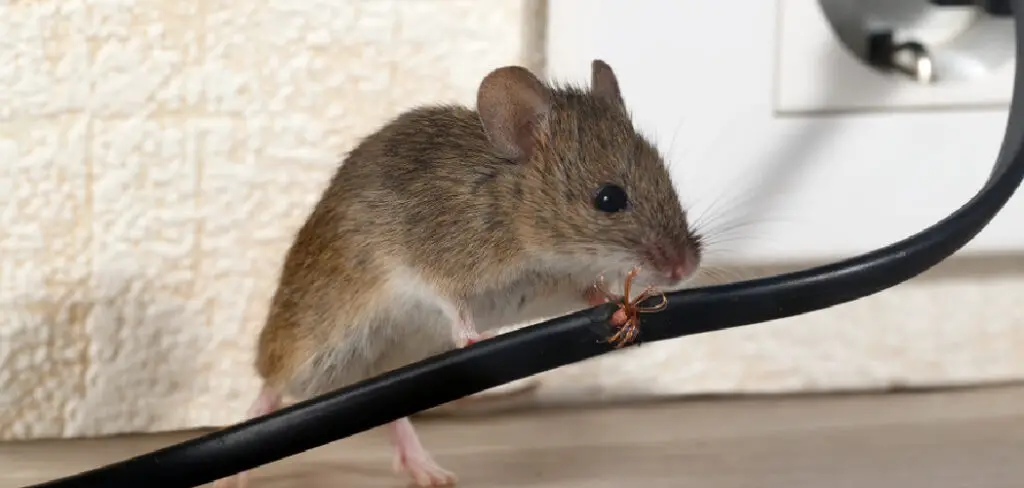
Understanding how to address this issue effectively can help maintain a clean and pest-free outdoor space. This guide will provide practical tips and strategies for how to get rid of mouse in backyard safely and efficiently.
Signs You Have Mice in Your Backyard
Identifying the presence of mice in your backyard is the first step in addressing the issue. Here are some common signs to look out for:
- Droppings: Small, pellet-shaped droppings are a clear indicator of mice activity. Check areas around bird feeders, compost bins, or garden sheds for these signs.
- Gnaw Marks: Mice have a tendency to gnaw on wood, plastic, and even wiring. Look for chew marks on garden furniture, fencing, or storage containers.
- Trails or Tracks: Mice often create distinct trails or paths, especially in areas with dense vegetation or through dirt. You may also spot tiny footprints or tail marks if the ground has soft soil.
- Nests: Mice build nests using shredded materials such as grass, leaves, or paper. These are often hidden in sheltered spots like wood piles, under decking, or inside outdoor storage.
- Noises: At night, you may hear scratching or rustling sounds coming from bushes, sheds, or other secluded backyard areas, signaling mice activity.
- Burrows: Holes in the ground, especially around foundations, compost heaps, or near storage areas, could indicate mice burrows where they hide or breed.
By recognizing these signs early, you can take proactive measures to prevent a small rodent problem from becoming a larger infestation.
Natural vs. Chemical Control Methods
When dealing with mice infestations, you have the option of choosing between natural and chemical control methods, each with its own advantages and considerations.
Natural control methods often involve non-toxic and humane approaches. For example, using peppermint oil or other strong scents that deter mice can be an effective way to keep them out of your home. Sealing entry points, setting up live traps, and maintaining cleanliness are additional natural strategies that emphasize prevention over extermination.
On the other hand, chemical control methods typically involve the use of rodenticides or bait traps. These are often effective for larger infestations where natural methods may fall short. However, chemical options can pose risks to pets, children, and the environment. It’s important to handle chemical products carefully and follow manufacturer guidelines to minimize these risks. Choosing the right approach depends on the severity of the problem, your household needs, and your preference for environmentally friendly solutions.
10 Methods How to Get Rid of Mouse in Backyard
1. Eliminate Food Sources That Attract Mice
The first and most effective step in controlling a mouse problem in your backyard is to remove the food sources that attract them. Mice are opportunistic feeders and will return to any place where food is consistently available.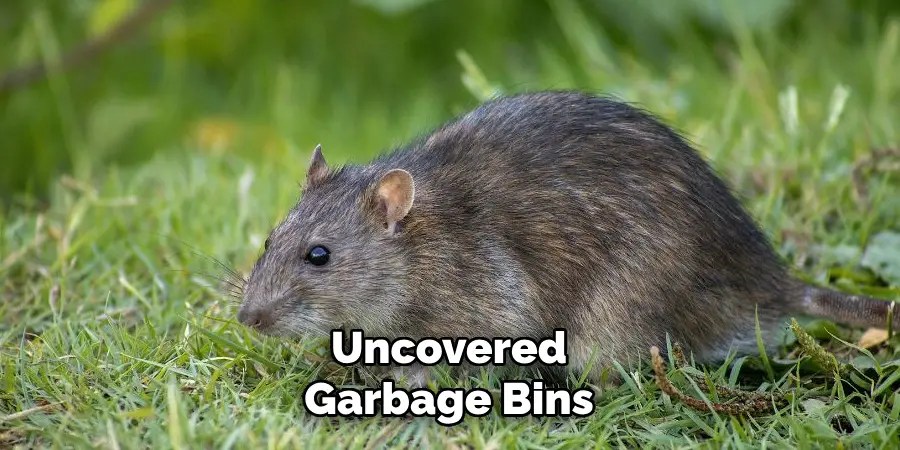
Bird feeders that spill seed, pet food left outdoors, uncovered garbage bins, compost piles with food scraps, and even fallen fruit from trees can become an open invitation for rodents. Secure all trash with tight-fitting lids, feed pets indoors, and consider switching to bird feeders that are designed to prevent seed from spilling. Clean up any leftovers and sweep patios regularly.
By removing the food supply, you make your backyard significantly less appealing to mice.
2. Seal Entry Points to the House and Outbuildings
Although your immediate concern might be the mice in your yard, they often find ways to sneak indoors—into sheds, garages, or even your home. Mice can fit through holes as small as a dime, so a thorough inspection is key. Look for gaps in siding, openings around pipes, loose vents, and cracks in foundations. Seal these with steel wool, caulk, or hardware cloth.
Steel wool is especially useful because mice can’t chew through it. By eliminating access to indoor shelter, you force mice to remain exposed to natural predators and environmental conditions, reducing their comfort and increasing the likelihood they’ll move on.
3. Clear Clutter and Overgrowth That Provides Shelter
Mice thrive in spaces where they can hide undisturbed. Your backyard may unknowingly offer them the perfect hiding spots: overgrown grass, piles of firewood, garden tool sheds, old patio cushions, or stacked pots.
Take time to clear out any unnecessary clutter and keep the lawn trimmed. Store wood at least 12 inches off the ground and away from the house. Prune thick vegetation near walls or fences. Creating a tidy, open space limits the sheltered areas where mice can safely nest or hide from predators, making your yard less mouse-friendly.
4. Use Natural Predators to Keep Mice at Bay
Nature has its own way of controlling rodents. Encouraging the presence of natural predators like owls, hawks, snakes, and even outdoor cats can help keep the mouse population in check. You can install owl nesting boxes to invite these nocturnal hunters to your yard.
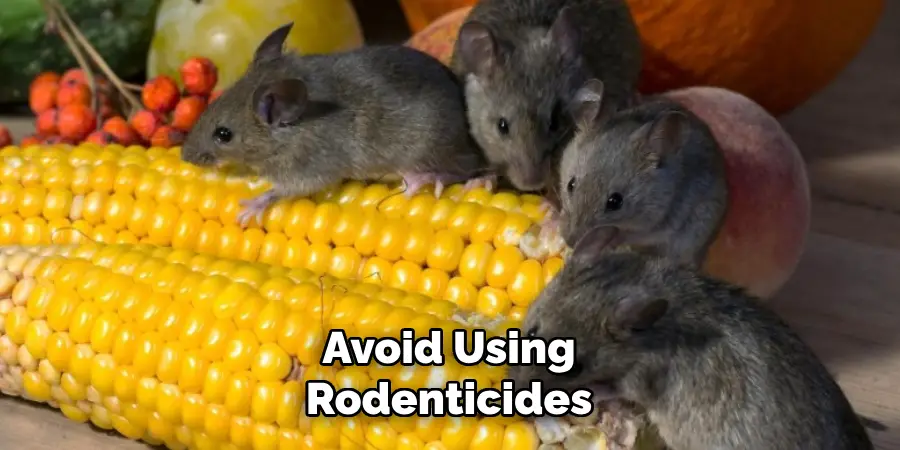
If your area supports outdoor or feral cat programs, having a spayed/neutered outdoor cat around can also reduce mice numbers. Avoid using rodenticides if you go this route—poisoned mice can harm predators that eat them. A balanced ecosystem where predators thrive can be a highly effective long-term deterrent.
5. Set Traps Strategically Around the Yard
If you’re dealing with a current infestation, setting traps is a direct method to reduce the mouse population. Use snap traps, live traps, or electronic traps depending on your preference. Place them along known travel paths, like fence lines, the edges of garden beds, or along the foundation of your house. Bait with peanut butter, oats, or dried fruit—mice are more drawn to these than cheese. Check and reset the traps daily. If using live traps, release the mice far from residential areas. Consistent trapping over several days or weeks can significantly reduce local rodent activity.
6. Apply Rodent-Repellent Scents and Natural Deterrents
Mice have an acute sense of smell, which can be used against them. Several natural scents are known to repel mice: peppermint oil, clove oil, cayenne pepper, and garlic. Soak cotton balls in essential oils and place them in sheltered corners, under decks, or near suspected entry points. You can also sprinkle crushed pepper or garlic powder in garden beds or around compost bins. Another option is to plant strong-scented herbs like mint or lavender along your yard’s perimeter. While not a permanent fix, scent deterrents help drive mice away and can support other control methods.
7. Secure Compost Bins and Garden Waste Properly
Composting is great for your garden but can be a buffet for rodents if done incorrectly. Avoid adding meat, dairy, or cooked foods to compost piles. Instead, stick with plant matter and use a closed bin with a locking lid to contain it. Turn the compost regularly to prevent it from becoming a nesting site. If you have piles of fallen leaves or trimmings, dispose of them promptly rather than leaving them to accumulate. Keeping your compost and garden waste secure prevents mice from finding a reliable food and shelter source in your yard.
8. Install Motion-Activated Lights or Sprinklers
Mice are shy, nocturnal creatures that prefer to move under the cover of darkness and quiet. Motion-activated deterrents like lights or sprinklers can disrupt their nightly routine and discourage them from returning. Install them near suspected nesting areas or along known travel paths.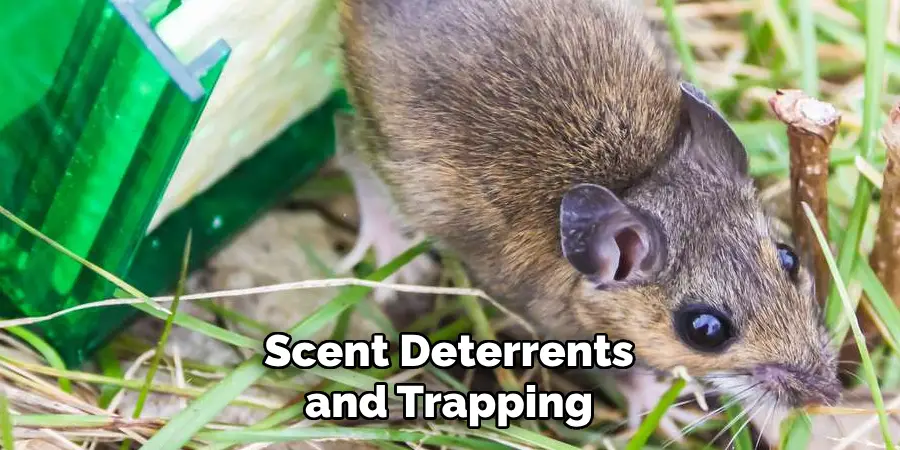
Lights can startle them, while sudden bursts of water make the space feel hostile. These deterrents are humane, chemical-free, and effective in open garden areas. For the best results, combine them with other methods such as scent deterrents and trapping.
9. Use Ultrasonic Repellent Devices (With Caution)
Ultrasonic repellents emit high-frequency sound waves that are uncomfortable for rodents but inaudible to humans. Some homeowners report success with these devices in both indoor and outdoor settings. However, effectiveness can vary depending on the unit’s quality, weather conditions, and the layout of your yard.
These devices work best in smaller, enclosed spaces like sheds or garages. Use them as a complementary solution rather than the primary method, and monitor mouse activity to assess their impact.
10. Monitor the Situation and Stay Consistent with Control Measures
Getting rid of mice in your backyard is not a one-time event but a process that requires observation and consistency. Monitor signs of mouse activity regularly: look for droppings, gnawed items, or tracks in dirt. If activity decreases, maintain your prevention methods—keep food secured, vegetation trimmed, and traps reset.
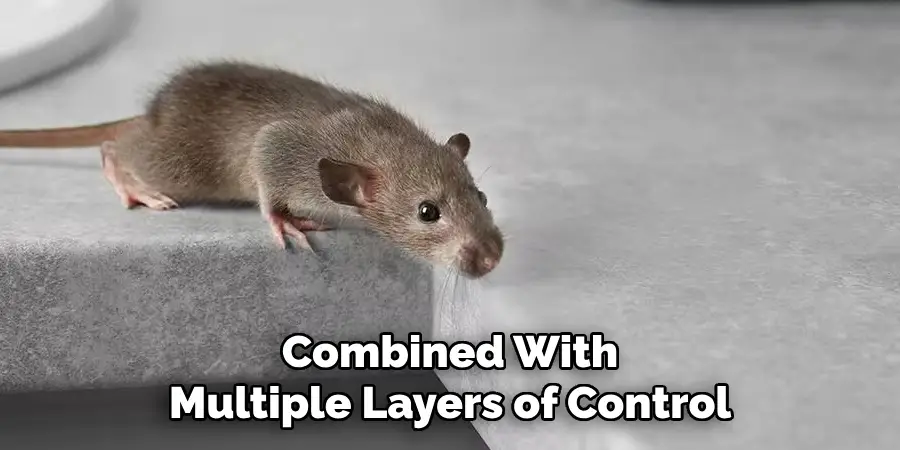
If activity persists, reassess your strategy and rotate your deterrents to prevent mice from adapting. Consistent vigilance, combined with multiple layers of control, is key to ensuring your yard remains rodent-free in the long term.
Conclusion
A mouse-free backyard is achievable with a thoughtful and consistent approach. By eliminating food and shelter sources, sealing entry points, using traps and natural deterrents, and inviting predators, you can greatly reduce—or completely eliminate—their presence.
It may take a combination of methods and a bit of persistence, but the result is a cleaner, safer outdoor space for your family, pets, and garden. Thanks for reading, and we hope this has given you some inspiration on how to get rid of mouse in backyard!

